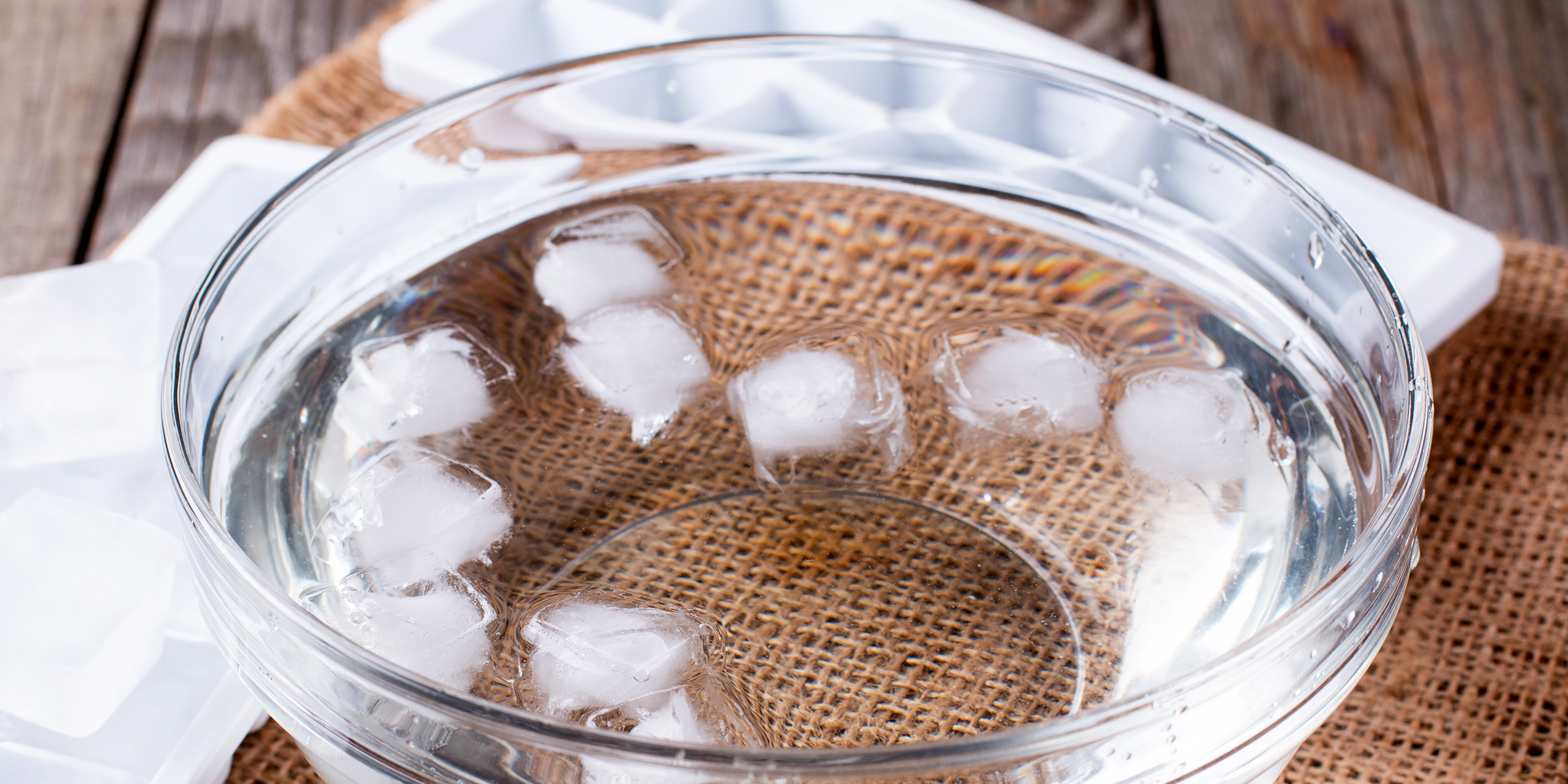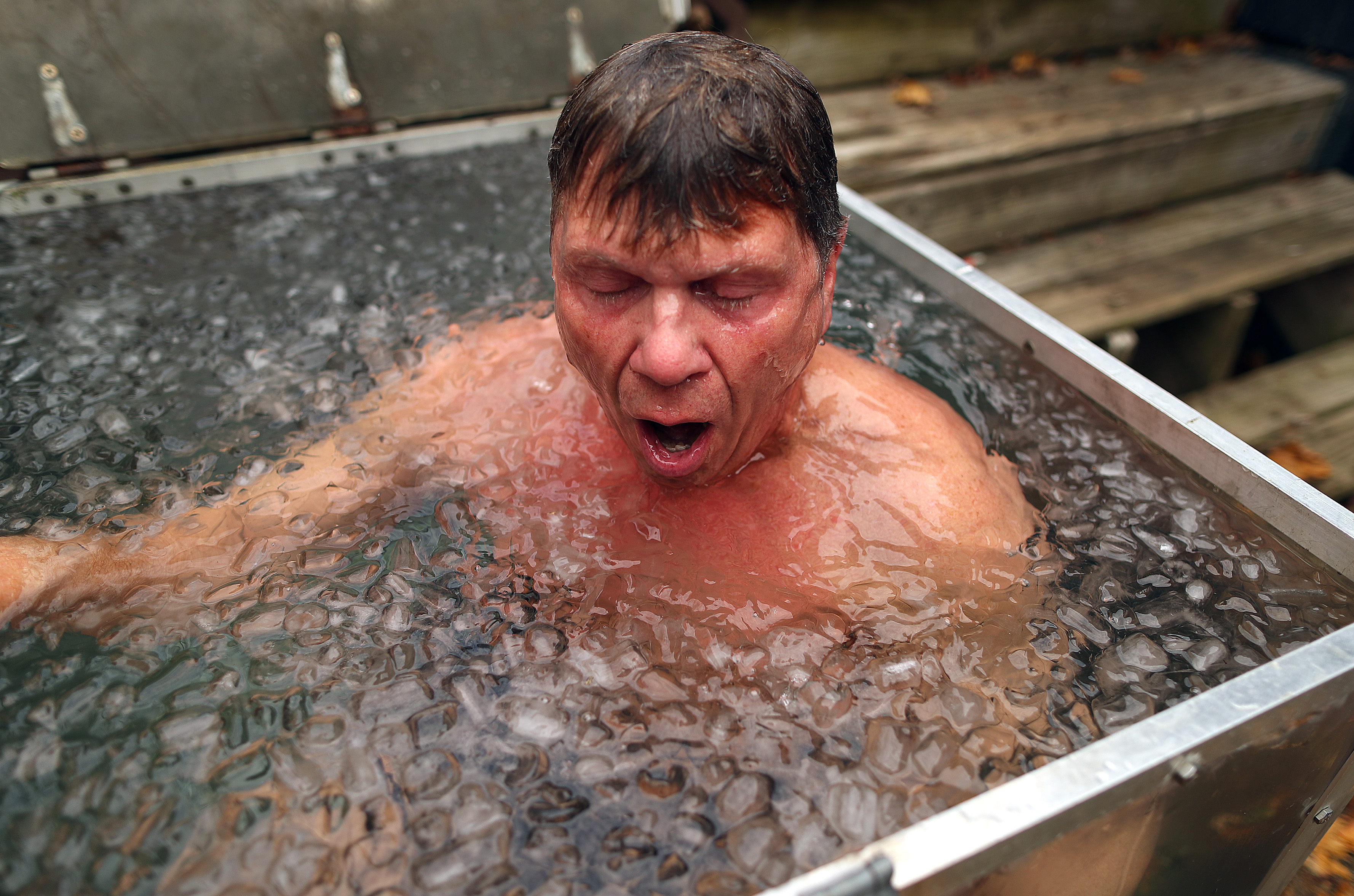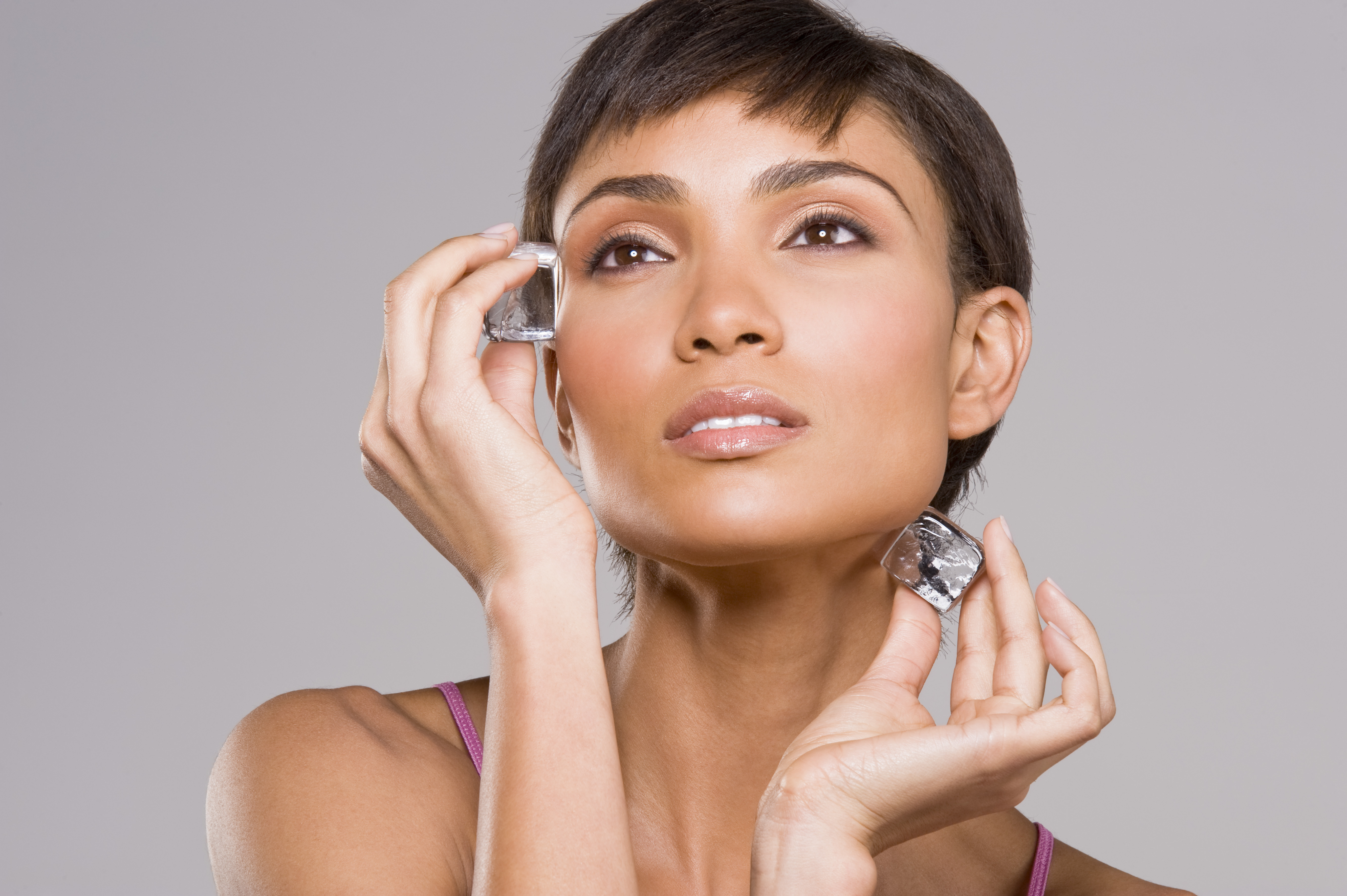
Dunking Face in Ice Water Routine: Exploring Its Potential Benefits and Risks
The ice water facial gained popularity on TikTok as users claimed it helped cure hangovers, but its potential benefits and risks extend beyond that. While some enthusiasts mention additional advantages, it's essential to consider that reviews are mixed.
The ice water facial was among 2022's most popular TikTok trends, especially for partygoers dealing with hangovers after a fun night. Several users on the platform posted videos of themselves dunking their faces in bowls filled with water and ice to test if the hack is indeed a cure.
Others have tried the ice bowl challenge to see if it helps reduce anxiety or lessen panic attacks. Reviews on this method have varied; experts have weighed in on its origin and benefits. While many agree that it has benefits, they have also shared their reservations.
What Is the Ice Water Facial?
The ice water facial or ice water challenge is a method people have been using for various reasons. And as the name suggests, it involves filling a bowl with water, adding ice, and dunking one's face inside for 30 seconds or longer in ten-second intervals.
While it gained popularity online last year, board-certified dermatologist Geeta Yadav has called it a "natural progression." The professional noted that ice water facials or baths date back centuries to ancient civilizations and have been used to remedy many things, including fatigued muscles and irritated skin.

Bill Purnell, 60, takes a 20-minute ice bath in a backyard dunk tank filled with 10 bags of ice to make the water temperature a chill 36 degrees (year and location unknown) | Source: Getty Images
Potential Risk of Regular Ice Baths for Your Face
According to cosmetic dermatologist Michele Green, the facial ice water method's benefits include decreased inflammation, reduced puffiness, and better skin tone. It also minimizes the appearance of enlarged pores and improves superficial wrinkles.
Moreover, Green added that ice water facials could help remove toxins and to achieve more radiant-looking skin. However, the expert warned not to prolong the process and to ensure that the water isn't too cold, which may lead to irritation. Green also advised that the ice water facial should be avoided if one struggles with a skin condition like rosacea.

Photo of a woman placing ice cubes on her face. | Source: Getty Images
Some Use the Facial Ice Bath to Fight Hangovers
As with every trend, social media users jumped on the facial ice bath trend and shared their attempts on TikTok. Generally, this method has received glowing reviews, with one user dubbing it the "best hangover cure."
Another TikToker tried it, and although she felt the same, she joked, "I need to work on holding my breath 😂." In the audio of her post, she confessed the water was cold and woke her up.
One other person tried the challenge and said they were feeling good enough for another night of fun afterward. Journalist Jack Sandstedt documented her trial and error with a few supposed hangover cures, including the facial ice bath.
She observed, "sure, it was refreshing, but I lost momentum with wanting to see the benefits after being left uncomfortable." Moreover, for Sandstedt, it didn't cure her hangover. She described the sensation after dunking as a painful "brain freeze" in her face.
People Who Tried the Facial Ice Bath as a Routine Shared Their Experience
One blogger, Jen Glantz, added the ice bath to her nightly facial routine for a week. Before delving in, she researched and consulted a professional dermatologist, sharing that she spent at least 20 minutes on her face every night, removing her makeup, washing her face, and applying creams and serums.
She ditched the serums for the ice water facial, spending 15 minutes on it and dunking her face every 10-15 seconds. Glantz admitted that the first day was difficult, and she contemplated giving up. But when she reached the four-day mark, she started seeing positive changes.
Her skin felt smoother, and the appearance of her dimples and wrinkles had decreased. She noted that other things, such as diet and hormones, may have contributed to her skin reacting that way, though it initially needed to adjust. Still, much like Melodi Ergan, who blogged her experience in 2016, Glantz wouldn't recommend it for everyday use.
The information in this article is not intended or implied to be a substitute for professional medical advice, diagnosis or treatment. All content, including text, and images contained on WomanlyLive.com, or available through WomanlyLive.com is for general information purposes only. WomanlyLive.com does not take responsibility for any action taken as a result of reading this article. Before undertaking any course of treatment please consult with your healthcare provider.
